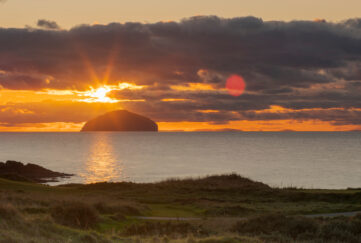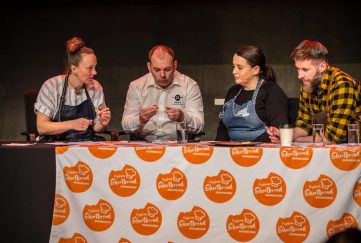6 Butterflies In Scotland This Summer!
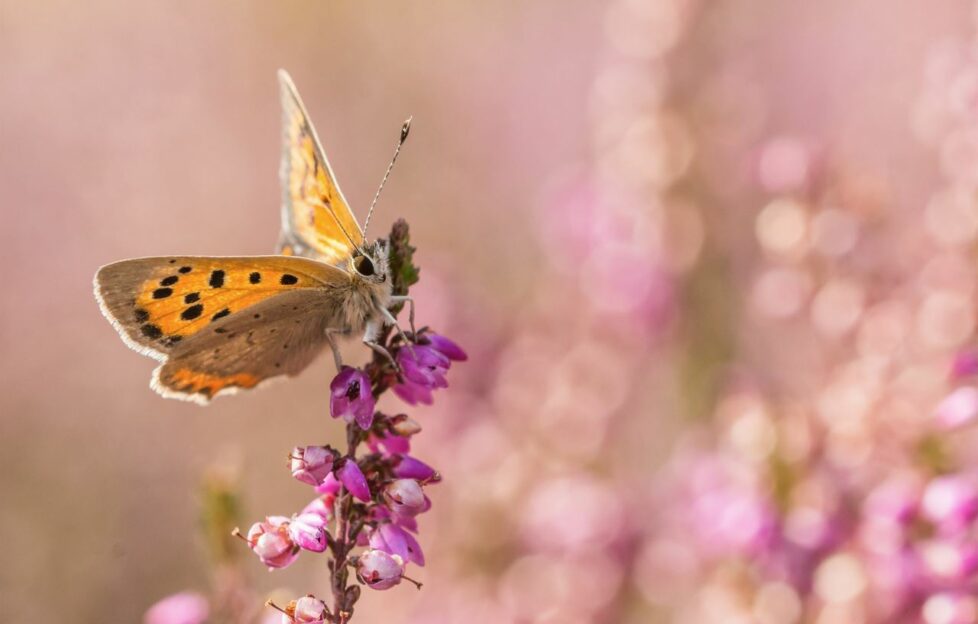
Find these butterflies in Scotland! This short guide will help you identify each fluttering friend…
You will find so many butterflies in Scotland around this time of year, but can you name them?
This short guide created in partnership with Butterfly Conservation details six species of butterfly found in Scotland.
Did you know, 80% of the UK’s butterfly population has decreased since the 1970s? Help us protect and conserve them!
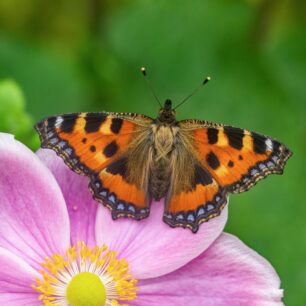
© Andrew Cooper, Butterfly Conservation.
- Small Tortoiseshell
The Small Tortoiseshell is one of the most well-known and easiest to spot butterflies in Scotland. Its striking and attractive patterning makes it stand out. The Small Tortoiseshell butterfly can appear at almost any time of the year across a variety of habitats, including urban areas. It is one of the first butterflies you’ll spot in the spring and in the autumn it visits your garden flowers.
Where to find: In sunny spots in gardens and around nettle patches across a wide variety of habitats.
Caterpillar food plants: Common Nettle (Urtica dioica) and Small Nettle (U. urens)
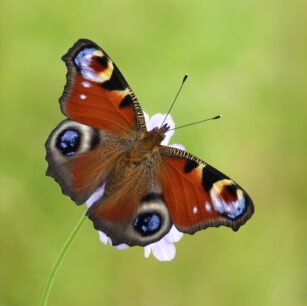
© Neil Hulme, Butterfly Conservation.
- Peacock
One of the most spectacular butterflies in Scotland! The Peacock’s striking pattern of eyespots was evolved to startle and confuse predators. The Peacock is a fairly large butterfly and a strong flyer, and so can be found across a wide range. It loves garden buddleias in late summer, but its strong flight and nomadic instincts mean it can be found across the countryside, enjoying the shelter of woodland clearing, rides and edges.
Where to find: Commonly found across a range of habitats including in gardens, on buddleia or across the countryside.
Caterpillar food plants: Common Nettle (Urtica dioica), although eggs and larvae are occasionally reported on Small Nettle (U. urens) and Hop (Humulus lupulus)

©Ivan Lynas, Butterfly Conservation.
- Speckled Wood
The Speckled Wood is the only brown butterfly you’ll find in very late summer and early autumn, and its distinctive brown wings with cream speckles make it an easier find. This species loves partial shade and dappled sun, often perching in sunny spots and spiralling into the air to chase each other. The range of this butterfly contracted during the late nineteenth and early twentieth centuries, but it has expanded since the 1920s. It is now a welcome site all across Scotland.
Where to find: In woodland rides and glades, gardens, parks and hedgerows. It seems to prefer slightly damp areas where there is tall grass and some shade.
Caterpillar food plants: False Brome (Brachypodium sylvaticum), Cock’s-foot (Dactylis glomerata), Yorkshire-fog (Holcus lanatus), Common Couch (Elytrigia repens)
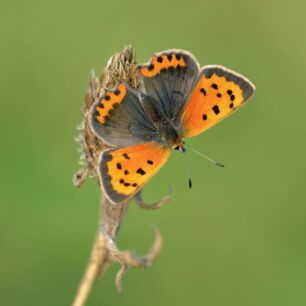
© Bob Eade, Butterfly Conservation.
- Small Copper
Small but mighty, the Small Copper has a big personality. This is a small butterfly with orange wings and black speckles. The males are territorial, often basking on a piece of bare ground or a stone, awaiting passing females. They are aggressive towards passing insects, returning to the same spot when the chase is over. They are usually seen solo or twos, but occasionally can be found in large numbers at some sites. This butterfly likes warm, dry conditions.
Where to find: In a variety of habitats. Most commonly on chalk or unimproved grassland, heathland, woodland clearings, waste ground and moorland, occasionally visiting gardens.
Caterpillar food plants: Common Sorrel (Rumex acetosa) and Sheep’s Sorrel (R. acetosella) are the main foodplants
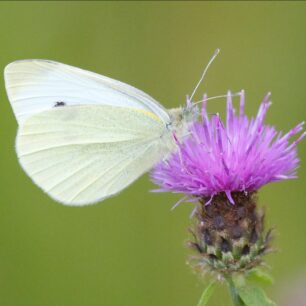
© John Murray, Butterfly Conservation.
- Small White
The Small White has brilliant white wings with small black tips to the forewings. To help identify this butterfly, there is usually one or two black wing spots and the undersides of its wings are a creamy white. This is one of the most common species of butterflies and can be spotted in a variety of habitats, particularly gardens and allotments where cabbages are grown.
Where to find: Across wild spaces and in areas with brassicas growing.
Caterpillar food plants: Cultivated brassicas are loved, especially cabbages, and Nasturtium (Tropaeoleum majus) in gardens

© Iain H Leach
- Holly Blue
This beautiful bright blue species is a striking visitor to gardens! You will always find it near trees and shrubs, and it’s a much higher flyer than the grassland blues. Its wings are bright blue and the undersides are pale blue. Small black spots distinguishes them from the Common Blue. The female’s wings also have black edges. It congregates around Ivy in late summer and Holly in Spring.
Where to find: A common garden visitor, also seen in parks, churchyards, hedgerows and woodland rides.
Caterpillar food plants: The larvae feed predominantly on the flower buds, berries and terminal leaves of Holly (Ilex aquifolium) in the spring, and Ivy (Hedera helix) in the summer. They also use a wide range of other wild and garden plants including Spindle (Euonymus europaeus), dogwoods (Cornus spp.), snowberries (Symphoricarpos spp), gorses (Ulex spp.), and Bramble (Rubus fruticosus)
Lend a wing!
To welcome more butterflies to your garden or green space, the best thing to do is to ensure plentiful food supplies. Most species in this list would thrive from a wild area where nettles, long grass and wildflowers can grow.
Subscribe to The Scots Magazine to discover more about Scotland’s wildlife every month (CLICK HERE)
To find out more about butterfly conservation in Scotland visit www.butterfly-conservation.org



